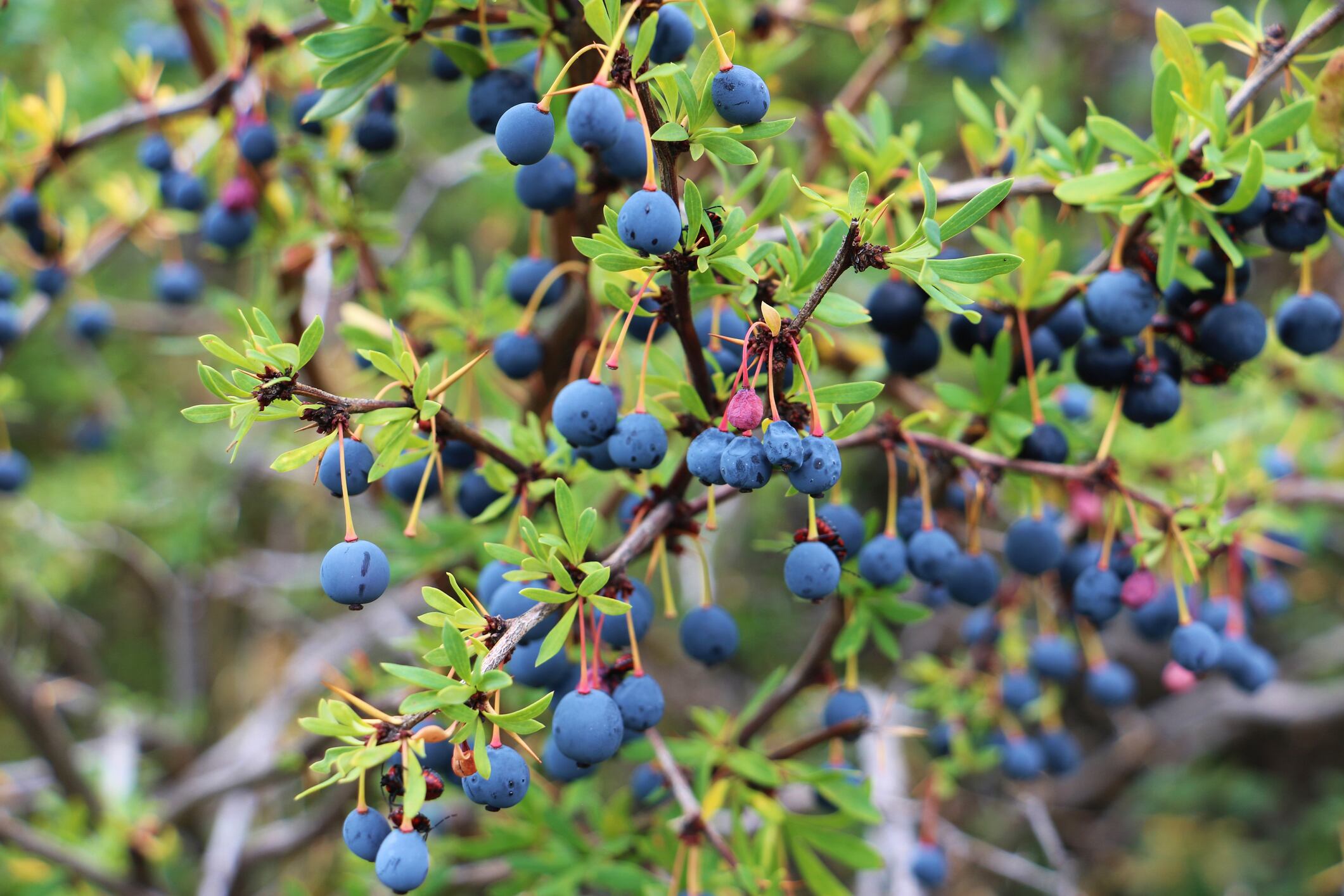Galphimia glauca is a species of small, understory evergreen shrub common to dry pine/oak montane forest and mixed vegetation ecosystems in Mexico and Central America. The plant has been used as an herbal medicine, with sedative, anxiolytic, anticonvulsant, anti asthmatic and antiallergic properties.
But like many other botanicals with a traditional history of usage, much experience with the plant is necessary to get the best results (or any results at all). Researchers associated with several institutions in Mexico and with Arkansas State University in the US set out to differentiate between populations of this plant in an effort to help product developers use material with the right profiles of bioactive components.
The plant’s bioactive compounds have been isolated and identified, and belong to a family of nor-secofriedelanes called galphimines. Plants from some regions are rich in these compounds, whereas in others they are at lower levels or are absent. In addition, some plants produce blue-tinted compounds while others growing in different regions do not. The researchers’ goal was to determine if these differences in bioactives are the result of phenotypic differences or if the plants should be categorized as different species.
The researchers collected plants in seven different locations in Mexico, at altitudes ranging form 1000 meters up to 2200 meters. The locations ranged from Central Mexico to locales south and east of Mexico City.
Big bioactives differences argue in favor of multiple species
The researchers conducted an exhaustive search of existing databases and built upon previous DNA research in this species to decide which sections of DNA to use for amplification. This included work the group itself had done in 2012. They combined these techniques with thin layer chromatography to get a more complete picture of each specimen’s bioactive profile.
The researchers concluded that while these plants are closely related, close enough that they are hard to discriminate for people not intimately familiar with the plant, the differences they observed argued in favor of new taxonomic divisions within this genus.
Their combined technique “enabled us to discriminate among the galphimine producer populations and suggest the presence of three different species of the genus Galphimia,” the researchers wrote.
Understanding these differences will be key to developing new herbal supplements from this genus, the researchers wrote.
“Phylogenetic analysis and TLC chemical profiles were convenient tools to establish a strong relationship between the genotype and phenotype of the populations in study. The phylogenetic analysis of all six DNA barcodes analyzed in this study suggests that the populations in this study belong to at least three different species of the genus Galphimia. This analysis would be complemented with an ongoing morphological investigation, as well as cytogenetic studies, to establish a powerful and integrative methodology for quality control purposes that allow the preparation of effective herbal medicines from plants of this genus,” they concluded.
Source: PLOS One
2019; 14(5): e0217313. doi: 10.1371/journal.pone.0217313
DNA barcoding and TLC as tools to properly identify natural populations of the Mexican medicinal species Galphimia glauca Cav
Authors: Gesto-Borroto R, et al.




